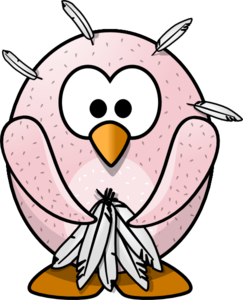I’m sure you know that birds molt their feathers. After all, you change your clothes so why shouldn’t birds change their feathers? It seems fair to me. But, at sometime during the day, you probably have a time when all your clothes are off. Imagine a time when a bird is devoid of all its feathers. It’s not a pretty image and, fortunately, it never happens.

Birds do not molt all their feathers at the same time. If they did, they would either freeze or learn to run fast since the could not fly. In a Darwinian sense, any bird species that ever dropped all its feathers at the same time has long since vanished from the face of the earth. Talk about bad genes!
But feathers do wear out and need to be replaced, so what strategies have been worked out over the millennia to allow for this changing while still promoting the survival of a bird species?
Some evolutionary strategies are rather complex (diving physiology in dolphins, for example) and some are pretty simple and straightforward. Bird molting is simple. Molting is accomplished in a phased out manner. For example, many birds drop just a few primary feathers while keeping the others to provide enough lift for flight. Some species phase tail feather molts from the outside feathers working toward the inside ones so the bird can still maneuver.
Avian molting is very interesting and it has drawn a great deal of scientific attention. Audubon has a great article that you will want to read: Understanding the Basics of Bird Molts | Audubon .
Come out to Bubbling Ponds at various times of the year and find the Summer Tanagers as they go from red to green: Bubbling Ponds .